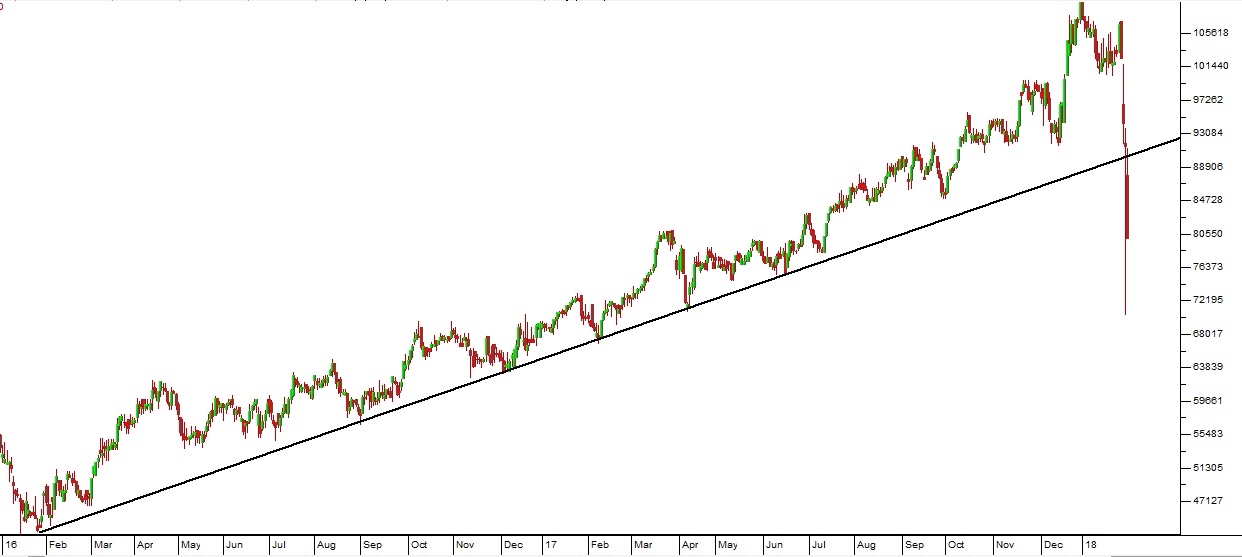Viceroy and Capitec
1 February 2018 By PDSNETth, 29th and 30th January are typical of the type of difficulty that private investors occasionally experience in the market – a high quality share which is not behaving as it should. Of course, following the Viceroy revelations about Steinhof, investors are feeling very skittish about anything that Viceroy does and so when their report on Capitec came out, investors ran for the hills. The report was issued on 30th January, but the share started to fall heavily three days earlier on the 26th – showing that someone knew what was happening and traded on their insider knowledge. The share price collapsed from over R1000 to about R700 in a few days. The CEO was not slow to say that he disagreed with the Viceroy report – and he certainly didn’t resign like Marcus Jooste did at Steinhof. But how can you be certain? What should a private investor do in this type of situation. We suggest three simple ideas:
- The major difference between Capitec and Steinhof is that Steinhof had been falling for over a year before the Viceroy report was published and it collapsed. No one using a stop-loss strategy would still have been in Steinhof when the collapse took place.
- Never stop out of a share until it closes below your stop – in other words do not pay too much attention to the intra-day froth in the markets. Focus rather on the closing price.
- Once you are well “in-the-money” on a high-quality share investment you can use the long-term trendline to give you your final stop level. In the case of Capitec this would have given you a stop of around 90000c – consider the chart:

Capitec (CPI) January 2016 to January 2018 - Chart by ShareFriend Pro
You can see here that despite the massive intra-day sell off, the Capitec share price actually closed above its long-term upward trendline at 91592c on the 30th. This was because large institutional investors and other professionals quickly snapped up everything that was available for less. However, when the share fell further on the 31st it broke clearly though that trendline, indicating that something serious was probably wrong with Capitec and giving some credence to the Viceroy report. Of course, there would have been nothing to stop you from selling Capitec before it reached its stop. Your stops are your final last-ditch strategy to protect your capital, but selling earlier because you are nervous or you have a “bad feeling” can be good. Remember, when you sell you are only forgoing possible future gains, whereas if you continue to hold you are risking actual capital. If you feel uncomfortable then it is always better to sell and watch and wait. Most high-quality blue chip shares have a long-term upward sloping trendline – like Capitec. Consider the chart of Dischem: